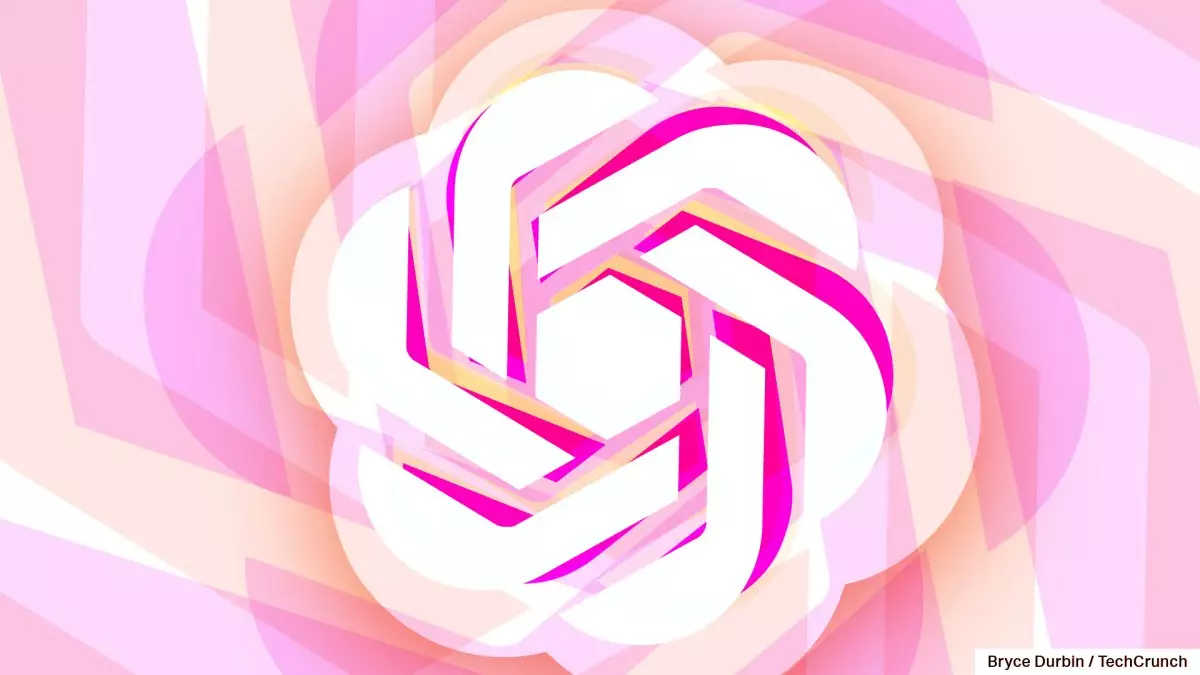OpenAI continues to push the envelope of artificial intelligence with the introduction of real-time video capabilities in ChatGPT, a development that has been long-awaited since its initial announcement several months ago. This enhancement, known as Advanced Voice Mode with vision, enables users to engage with ChatGPT in a human-like conversational manner while also adding the unique capacity to visually interpret objects in real time. With the recent launch, subscribers of ChatGPT Plus, Team, and Pro can now point their devices at various objects and receive corresponding responses from the AI. This shift signifies a monumental leap in user engagement, directly incorporating visual input into the conversational flow.
The Advanced Voice Mode with vision takes interactivity to a new level by allowing the AI to interpret not just spoken words but also visual data through user devices. By tapping the voice icon in the ChatGPT app and subsequently the video icon, users can initiate video interactions. The additional feature of screen sharing enables ChatGPT to provide insights into device settings or tackle questions such as math problems by observing users’ screens. This multifaceted approach could vastly improve problem-solving in educational settings or provide quicker tech support, showcasing the real potential of combining conversational AI with real-time visual analytics.
Furthermore, the rollout plan, although initiated, seems selective, with a promise of full access to be completed over the following week. Notably, the feature will be available to ChatGPT Enterprise and Edu users by January—depicting OpenAI’s strategic approach toward gradual, systemic integration instead of immediate wide-spread deployment.
A striking demonstration of this technology was showcased during a CNN “60 Minutes” segment, where OpenAI’s president, Greg Brockman, used Advanced Voice Mode with vision to quiz renowned journalist Anderson Cooper. During the segment, as Cooper drew anatomical diagrams on a blackboard, ChatGPT provided commentary and corrections, showing a solid ability to recognize and assess drawings. Such demonstrations unveil not only the capability of the technology but also its potential application in educational environments. However, despite the fascinating functionality, the technology is not without its flaws; a misstep in geometry suggested a vulnerability to inaccuracies, colloquially termed as “hallucinating.”
The Road to Launch: Delays and Expectations
It is vital to scrutinize the timeline leading to this launch. Reports indicate multiple delays primarily attributed to the premature announcement of the feature. Initially, OpenAI expressed its commitment to release Advanced Voice Mode within weeks, only to require several more months for additional fine-tuning. This pattern reflects an essential lesson in tech development—a need for operation readiness before public unveiling to avoid undermining user trust and enthusiasm.
The trajectory leading to its current form illustrates a balance between innovation and reliability, suggesting that OpenAI is learning from past miscalculations. As the technology continues to evolve, real-time capabilities could significantly enhance user experiences, but it is imperative that OpenAI remains vigilant against potential errors that can diminish the perceived value of such sophisticated features.
In addition to the comprehensive launch of Advanced Voice Mode with vision, OpenAI rolled out a whimsical feature dubbed “Santa Mode,” which adds a festive tone to ChatGPT interactions. By simply clicking the snowflake icon, users can enjoy responses in a Santa-like voice, offering a unique and engaging experience during the holiday season. Such additions, while seemingly light-hearted, reflect OpenAI’s continuous effort to broaden the scope of interactions and make AI more relatable and enjoyable for users.
OpenAI’s recent strides in enhancing ChatGPT with real-time video capabilities exemplify a promising advancement in AI interaction. With features like Advanced Voice Mode with vision and the festive Santa Mode, the organization shows a commitment to not just functional development but also user engagement and creativity. As this technology progresses, it poses intriguing questions about the future landscape of AI communication and how it will redefine human-machine interaction. Continuous refinement and user feedback will be pivotal as OpenAI navigates this exciting new frontier.

